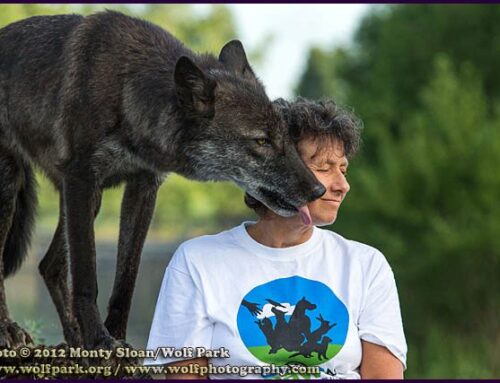
I may not like the meaning of many words, like ‘torture’ or ‘tsunami’, there are others that I don’t like for less obvious reason. One is the use of ‘nom nom’ on social media to imply that someone is eating something or thinking about how good something will be to eat. It bothers me, I don’t know why for sure, but I have to resist clicking the ‘unfollow’ button when someone uses it. Nothing personal really, the phrase just bugs me. There is another word that bothers me when I hear it used in context with the handling of fearful dogs, the word ‘coddle’. It’s a fairly benign sounding word, almost silly if you try to say it five times fast, but it annoys me because, like the word ‘leader’ it means nothing because it can mean anything.
One of the first things someone working with a fearful dog needs to understand is that it’s ok to comfort a dog that is afraid. It’s ok to give them a piece of cheese or take them away from what is scaring them. These responses will not be saying to the dog, “Yes Rover you are absolutely right to be afraid, keep it up.” It is reasonable to respond to fear in a dog in much the same way you would with a frightened toddler.
Even when someone is willing to accept the above information as truth they often feel obliged to add, “But don’t coddle them.” In my head I have a picture of what ‘coddling’ is and I assume that other people have a picture in their heads as well. Whether or not the pictures are the same is another matter. When I ask people to define to me what coddling a dog means what I hear often translates into someone behaving in a way which protects their dog from what is scaring them. Should you pick up your small dog when a boisterous, young dog comes bounding over? Maybe you should if your dog might be injured or if your dog has been attacked or frightened by a dog.
The argument against protecting your dog from what scares them is that the dog will not learn how to deal appropriately with it. And I counter by saying that by definition the use of desensitization and counter conditioning or behavioral adjustment training or ‘look at that’ (to name a few of the techniques we can use to give dogs better skills for dealing with triggers) is not to ‘never’ expose them to triggers, but to do so in a way in which the emotional response is low enough that the dog can think and you can change how they feel and teach them how you prefer they behave.
If a handler believes that we can reinforce fear in a dog by being compassionate and understanding of their fears, they may be more inclined to go with the alternative which is the ‘suck it up and deal’ route. There are some dogs, dogs whose fears are low level enough that they are not totally freaked out by the presence of a trigger, that are ok with this kind of treatment and because of this it is extrapolated that it is appropriate for all dogs.
Folks involved in rescue will answer that they have too many dogs to fix to be pussy footing around, but I say that if a dog is capable of responding positively to being forced to ‘suck it up and deal’ with a trigger that in all likelihood they will respond positively to being desensitized and counter conditioned to them. A handler’s inability to properly use force-free techniques does not mean that a dog is incapable of having positive responses to those methods. I once called an electrician to repair a light fixture in the ceiling. He spent about 30 seconds assessing the problem and said to me, “Lady, you have to screw the bulb all the way in.” The problem was not with the fixture, it was with my bulb installation skills.
It is possible to behave in ways which we believe should be comforting to a dog but which in actuality are not. We can telegraph our own concern, fear or discomfort to a dog with one inhalation, however this does not change the fact that if we were truly offering a dog comfort or a high value reward, that we can have a positive effect on their level of fear. Ignoring a dog that is afraid is also setting up for possible problems in the future. If a dog is left flapping in the breeze they have to come up with their own solution to finding a way to stabilize themselves. Sometimes they make good choices, often they don’t.
As for the usefulness of punishing a dog for behaving in a fearful way (which can look like aggression) I’m sorry to say that even if you can convince me that you have taught the dog to think that something is ok, and have not just inhibited their response to it, I will not be standing up in the bleachers and cheering. If you have a kid who proudly shows off a wad of cash and explains how they got it by going into a liquor store with a gun and demanding it, I suspect your reaction will be very different to the same amount of cash being waved about if it was gained by shoveling the neighbors’ driveways. How we go about getting behaviors matters.
If a reluctance to acknowledge or protect a dog from its triggers is caused by a concern about ‘coddling’ them, I think coddling just might be a better response. Nom nom.





